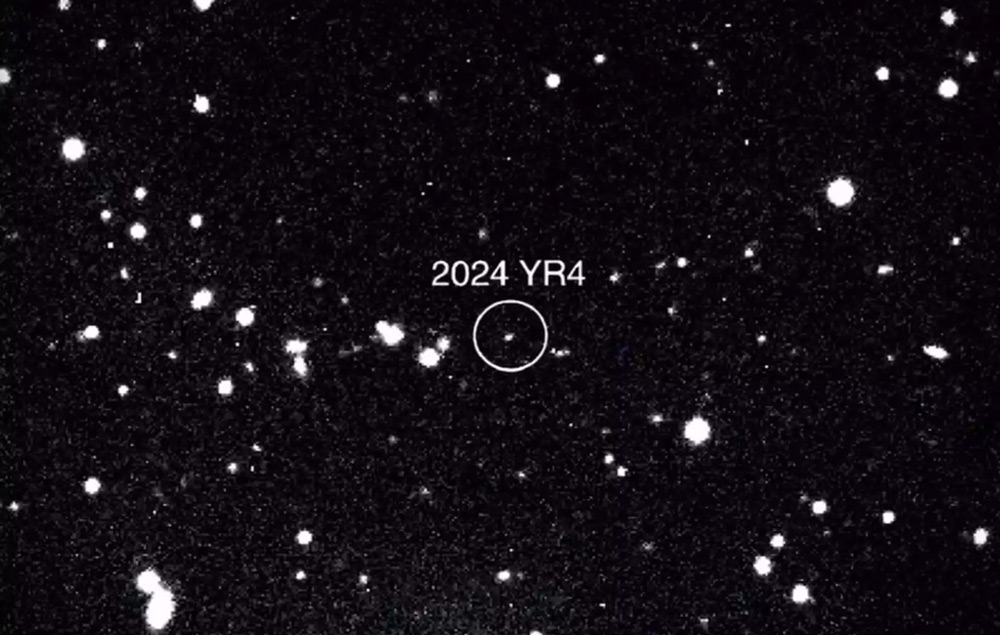Shortly after the discovery of asteroid 2024 YR4 on December 27, 2024, scientists confirmed that it poses no threat to Earth. However, there is a 4% chance that it could impact the Moon in 2032—an event that may have far-reaching consequences for satellites in low Earth orbit (LEO) and could even trigger a spectacular meteor storm.
Measuring between 53 to 67 meters in diameter—similar in size to the Tunguska meteor that exploded over Siberia in 1908—2024 YR4 could leave a lunar crater approximately 1 kilometer wide. The energy released would be equivalent to 6.5 megatons of TNT, ejecting over 100 million tons of debris into space.
According to a study published in AAS Journals, although most debris would disperse harmlessly into space, up to 10% could reach Earth within days, depending on the location and angle of impact.
“The greatest risk comes from particles over 0.1 mm in diameter,” researchers explain. These fragments could rapidly descend into low Earth orbit, threatening the integrity and lifespan of satellites. Given that around 90% of operational spacecraft currently reside in LEO, the consequences may not be catastrophic, but they could be significant for satellite operators.
🚨 ESA confirms asteroid 2024 YR4 poses no threat to Earth but could hit the Moon in 2032, creating debris that may disrupt LEO satellites. More here: esa.int
— Space Intel Report (@SpaceIntelRpt) June 17, 2025
The study modeled 10,000 potential trajectories for 2024 YR4. In 410 simulations, the asteroid struck the Moon, most likely in its southern hemisphere. Depending on the impact point, debris distribution could vary widely.
If the asteroid hits the trailing edge of the Moon, the relative orbital velocity (~1 km/s) could propel debris toward Earth more efficiently. This means fragments may reach LEO in as little as a few days.
Scientists specifically examined four impact scenarios to estimate the number of debris particles that could reach Earth. While large-scale satellite damage remains unlikely, the gradual wear and tear could affect satellite lifespan, functionality, and future collision avoidance systems.
By 2032, the number of satellites in LEO is projected to rise dramatically, increasing the surface area vulnerable to collision and amplifying the potential risk of orbital congestion and cascading failures, known as Kessler syndrome.

